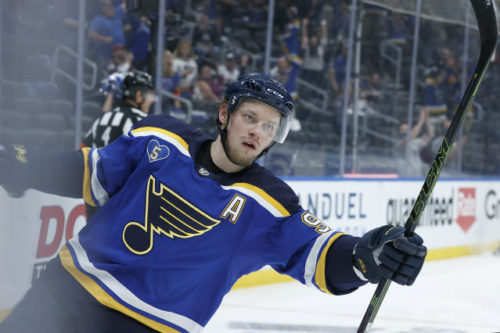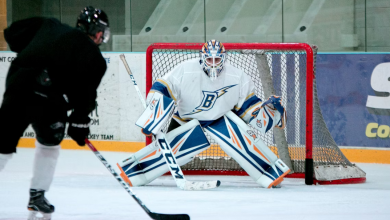FeaturedSeattle KrakenSt. Louis Blues
Breaking News: Seattle Kraken expected to pass on picking Vladimir Tarasenko

Another potentially shocking move by the Kraken is now coming out that they are not expected to pick Vladimir Tarasenko tonight.
Sources say #SeaKraken also passed on another high-profile, big money player: Vladimir Tarasenko.
Subject to change but sounds like the selection from #stlblues will be Vince Dunn.
@DFOHockey
— Frank Seravalli (@frank_seravalli) July 21, 2021
Again, this doesn’t confirm that this is the way it will go tonight.
For all we know now with the big news that Seattle is avoiding taking Carey Price and Vladimir Tarasenko could be throwing us all for more of a shock during the Expansion Draft tonight.
Here’s what we had in our Mock Expansion Draft on how Seattle would build their roster for the 2021-22 NHL Season.

